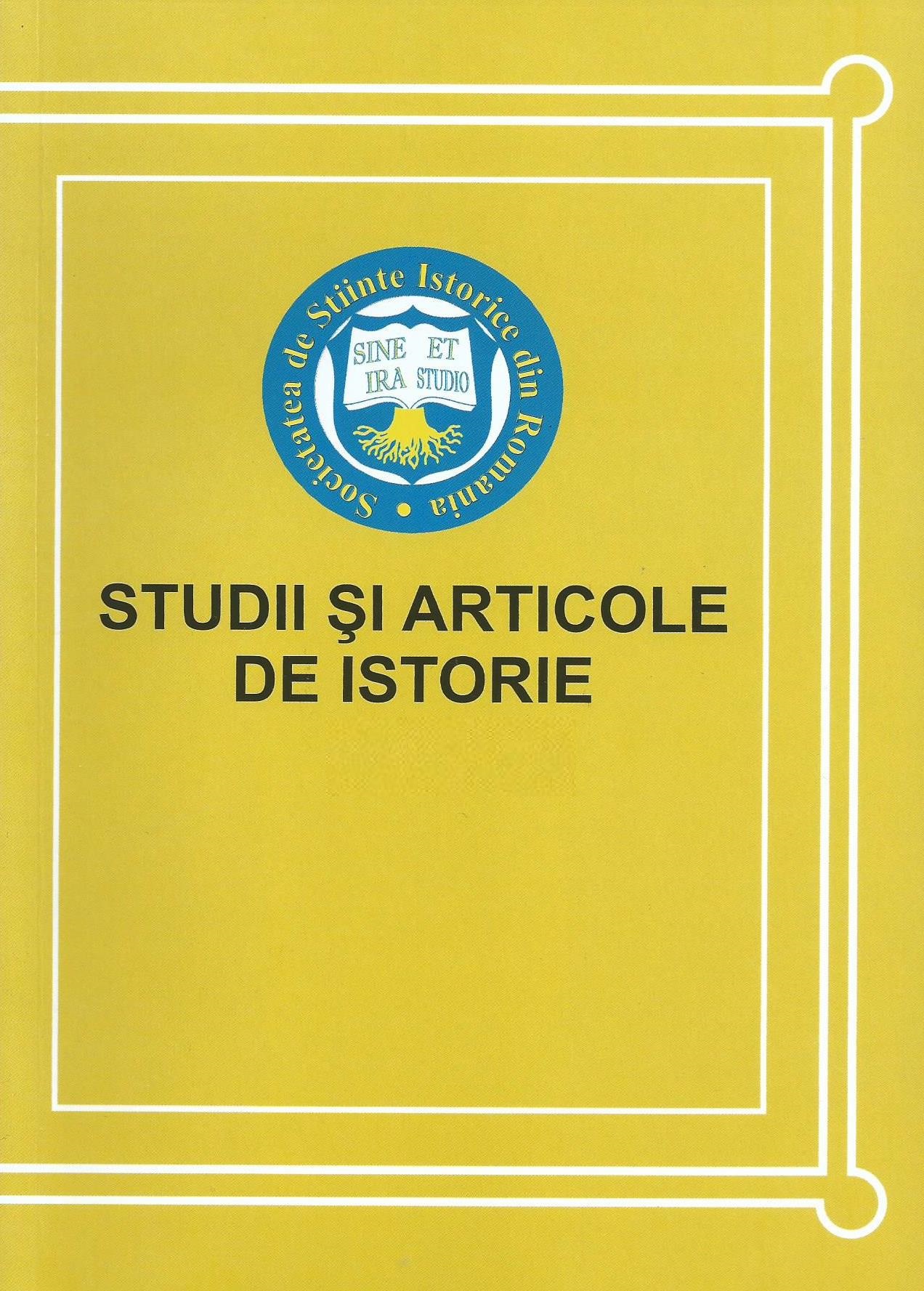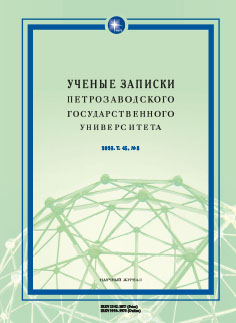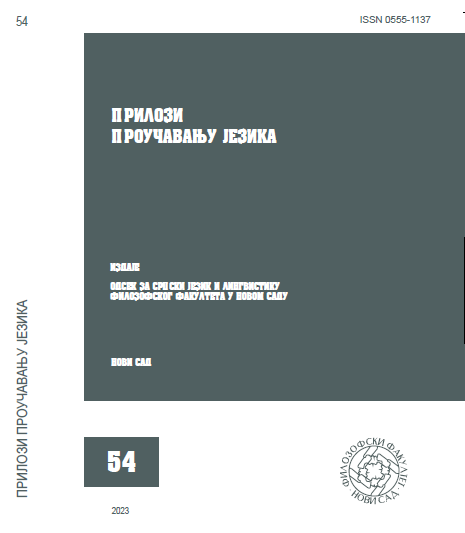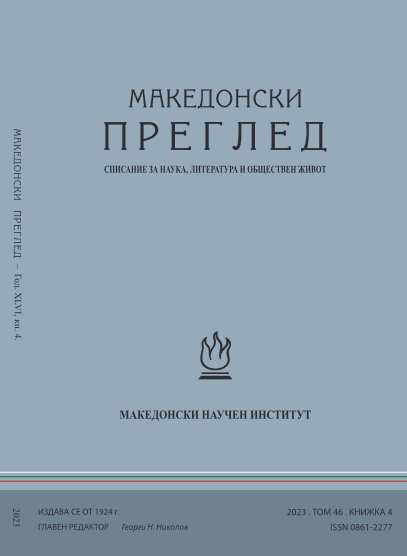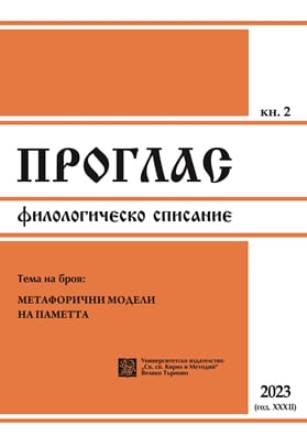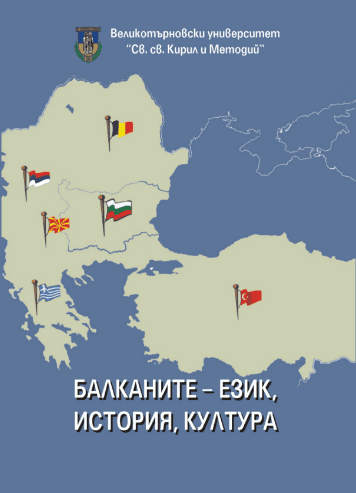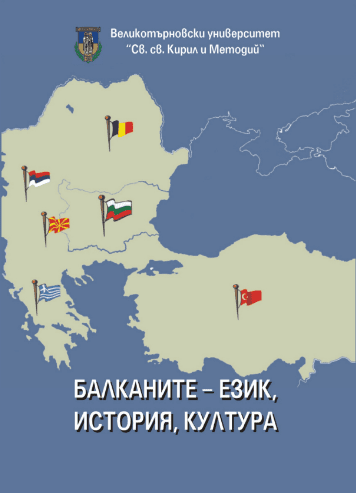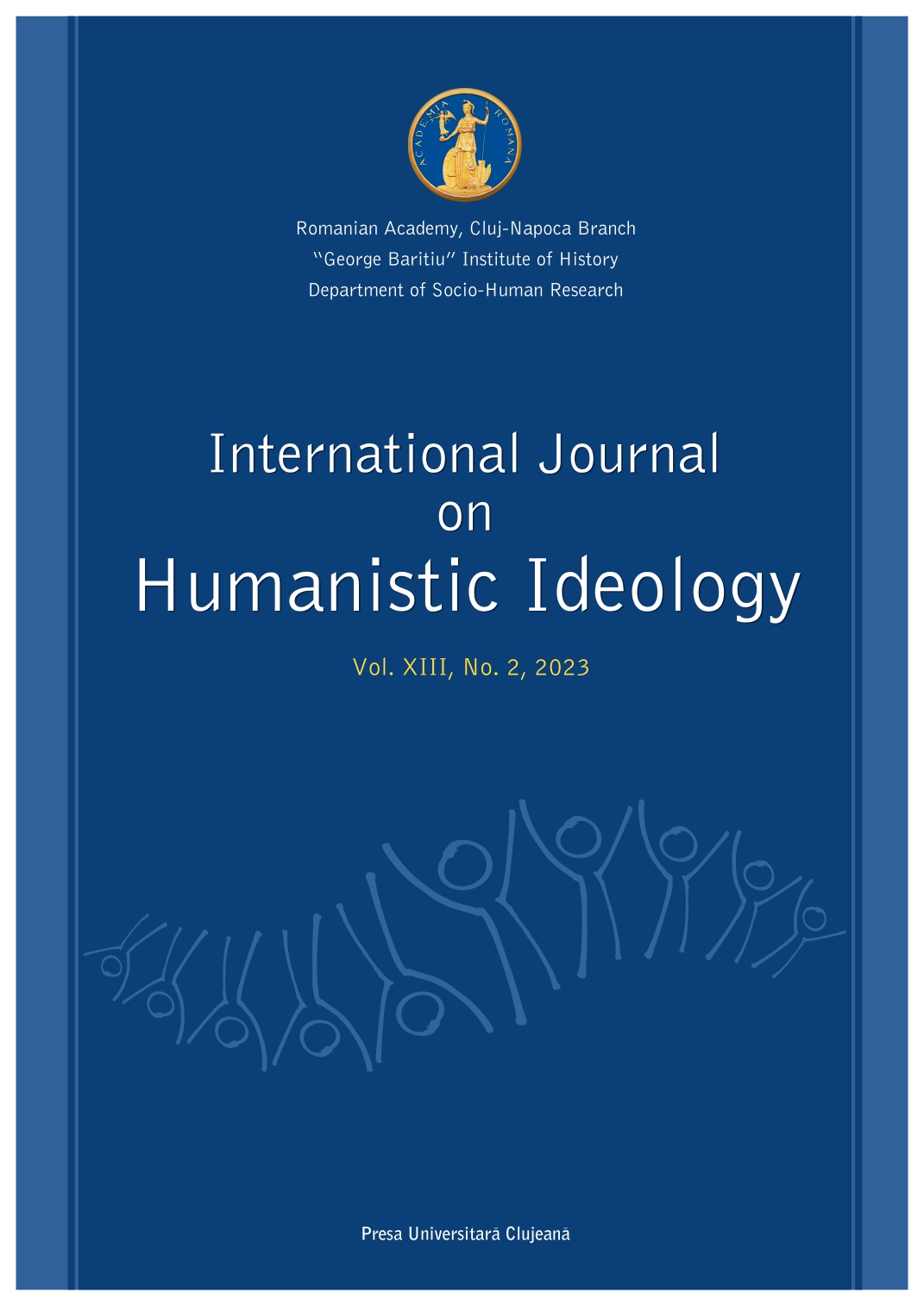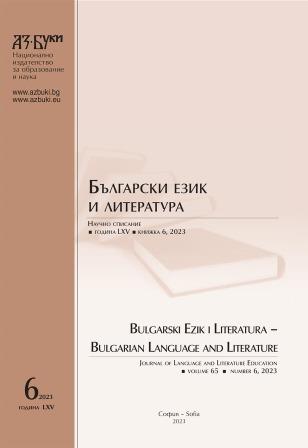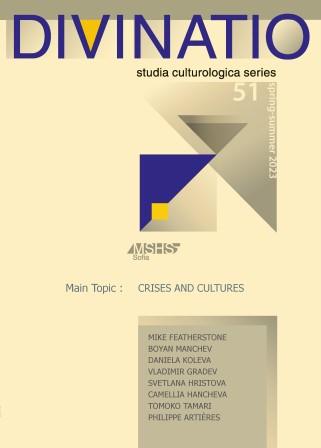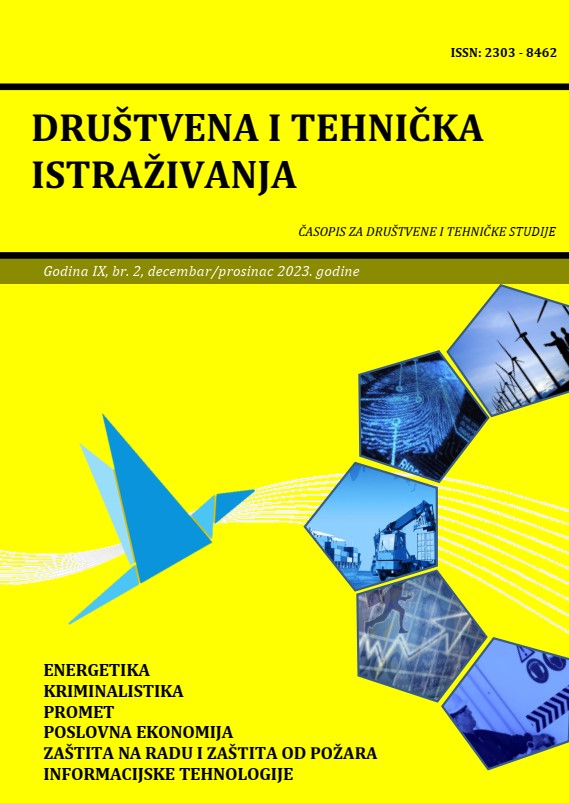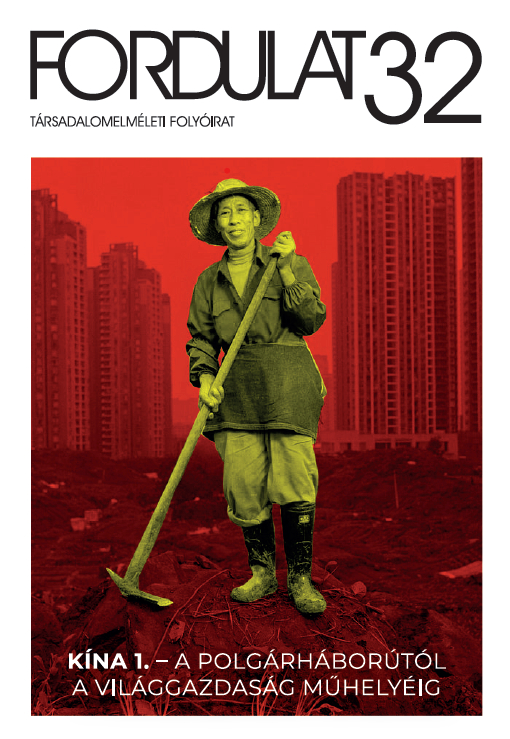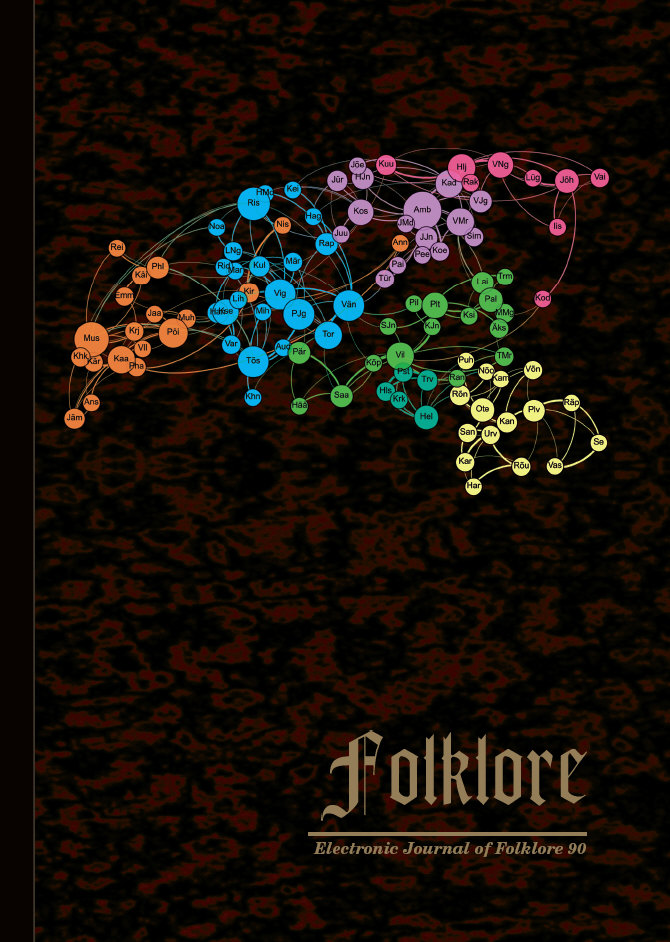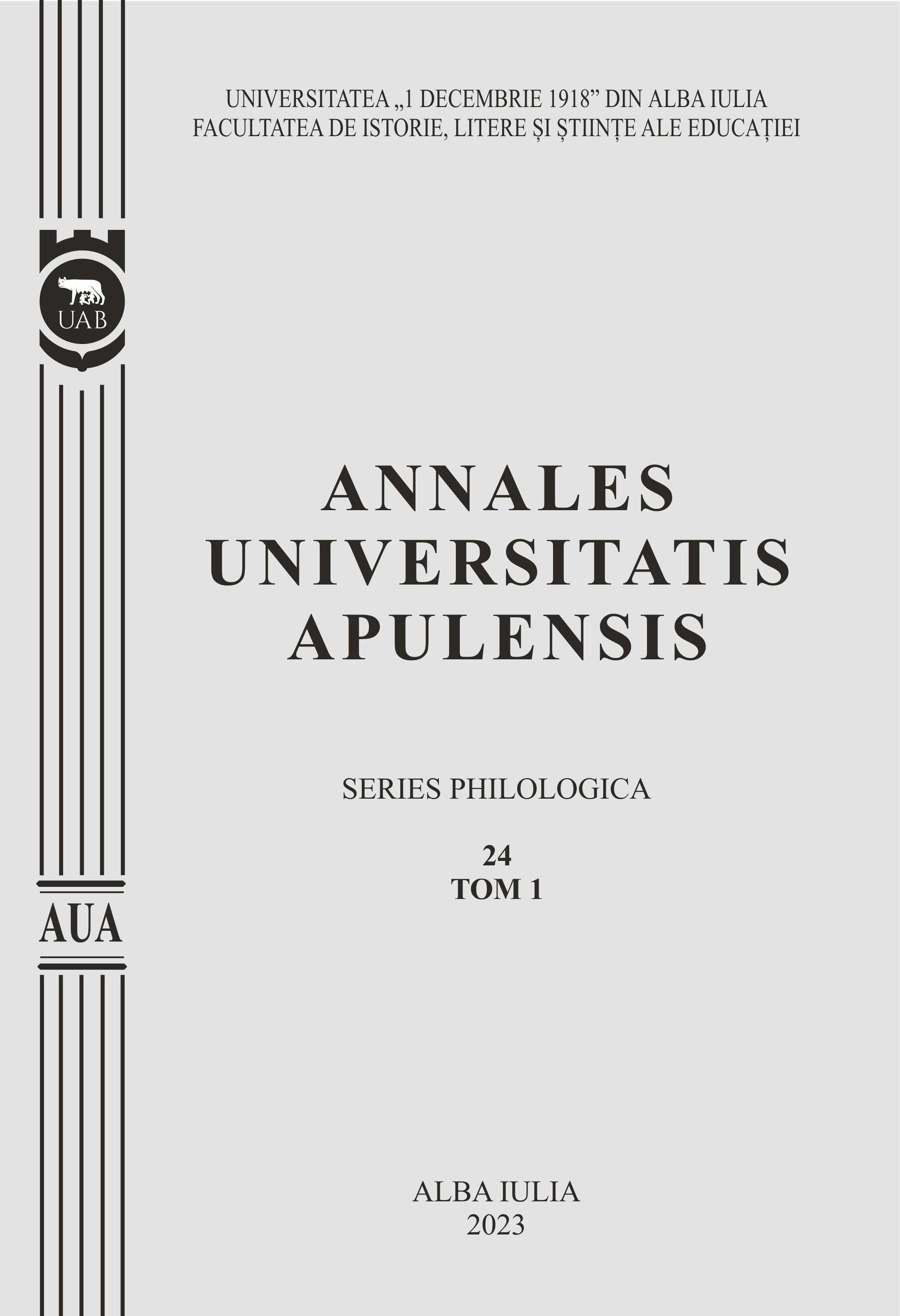
EXAPORITUL MARELE DRAGOMAN ȘI MAVROCORDAȚII ÎN ISTORIA IMPERIULUI OTOMAN A PRINȚULUI CANTEMIR
The present paper follows the figure of The Great Dragoman Alexandru Mavrocordat the Exaporit, composed of light and shadow in The History of the Growth and Decay of the Ottoman Empire of Prince Dimitrie Cantemir. Highly educated, holding the title of doctor, with a thesis regarding blood flow, Alexandru Mavrocordat, who had studied in Rome, Padova and Bologna, came from a long line of Christians who held the title of great translator of the Sublime Porte. He became famous by mediating the Treaty of Karlowitz between the Ottomans and the Christians, where the precedence – the order in which the belligerents’ representatives would enter negotiations, had become a problem. Alexandru Mavrocordat ordered the building of a tent whose number of entrances would equal the number of envoys, thus succeeding to solve the simultaneous arrival in the meeting hall. The sons and sons-in-law of Alexandru Mavrocordat The Exaporit have also had important roles in historical events’ development, not only in Constantinople, but in Moldova and Wallachia as well.
More...
